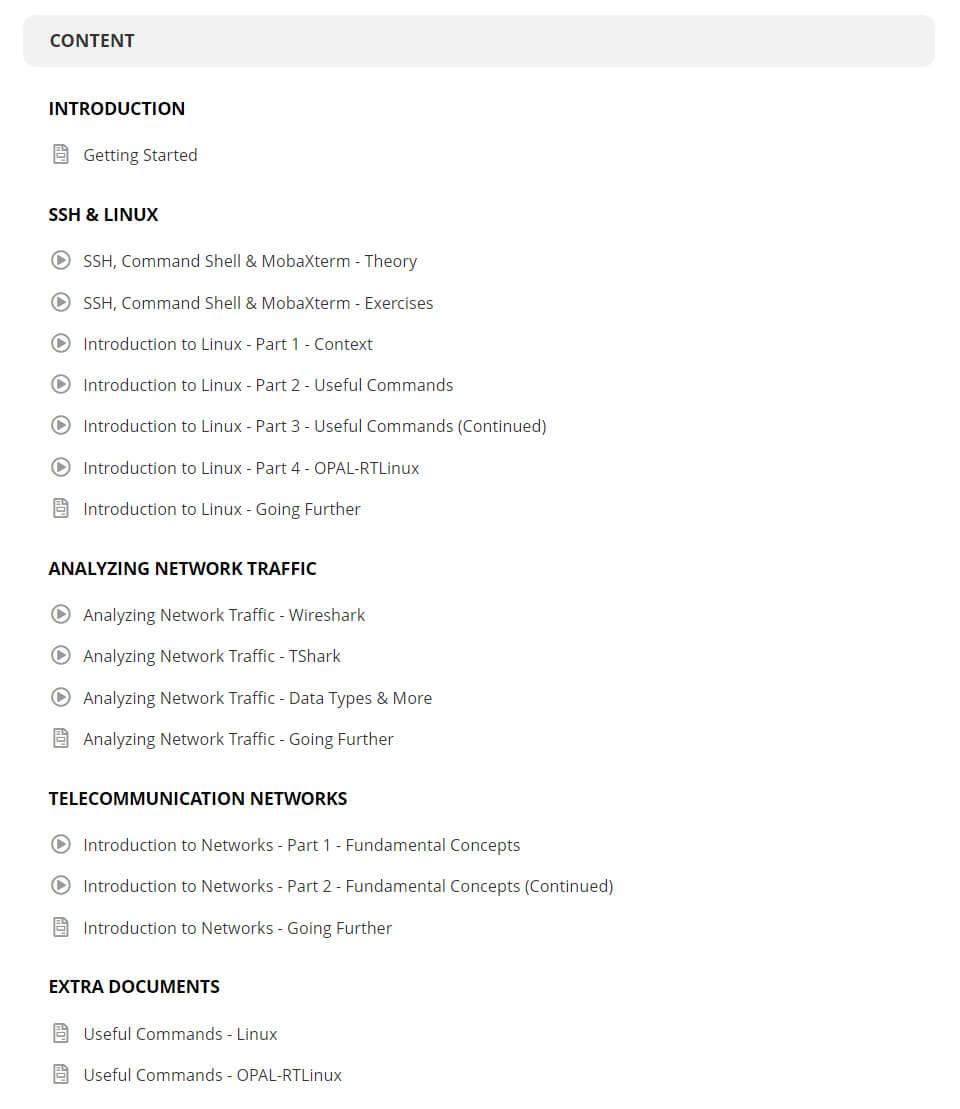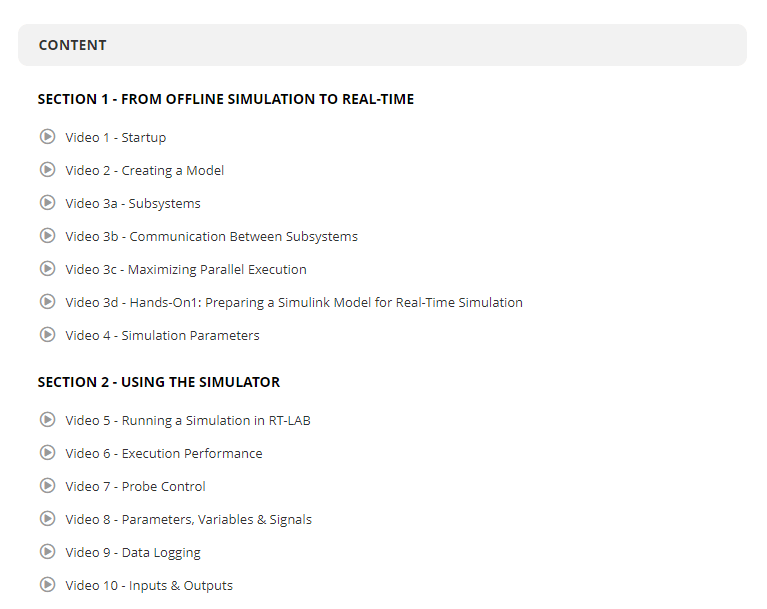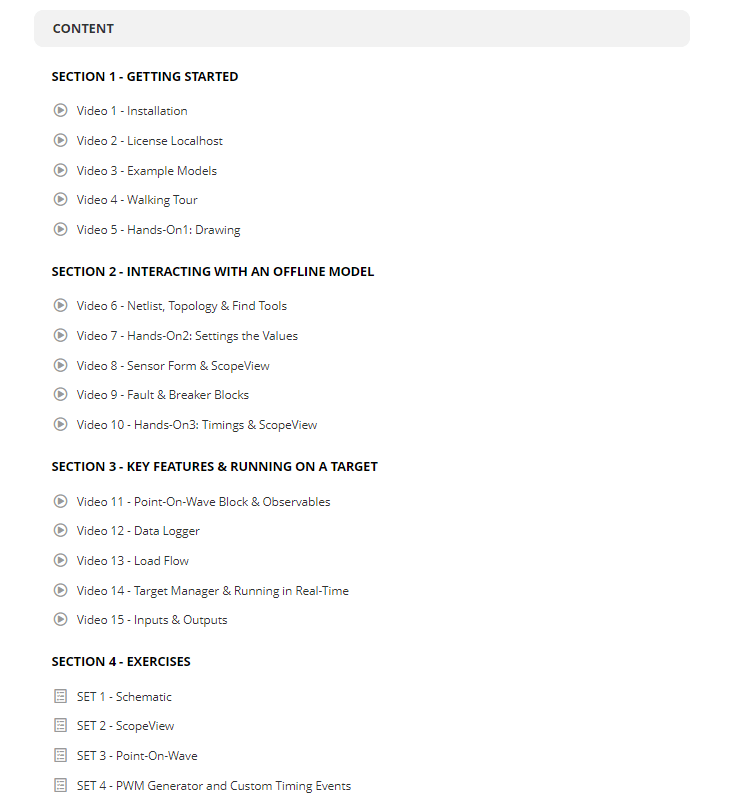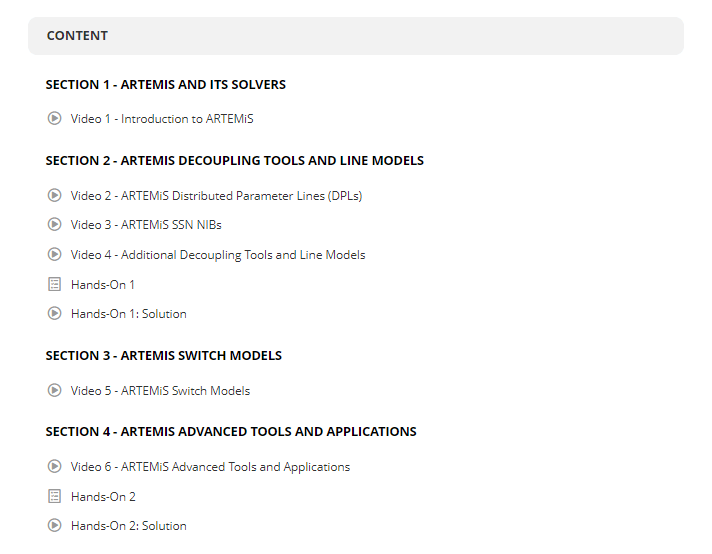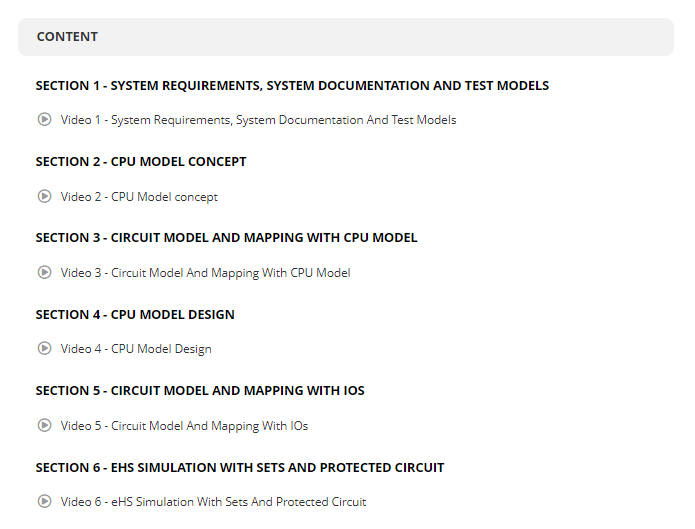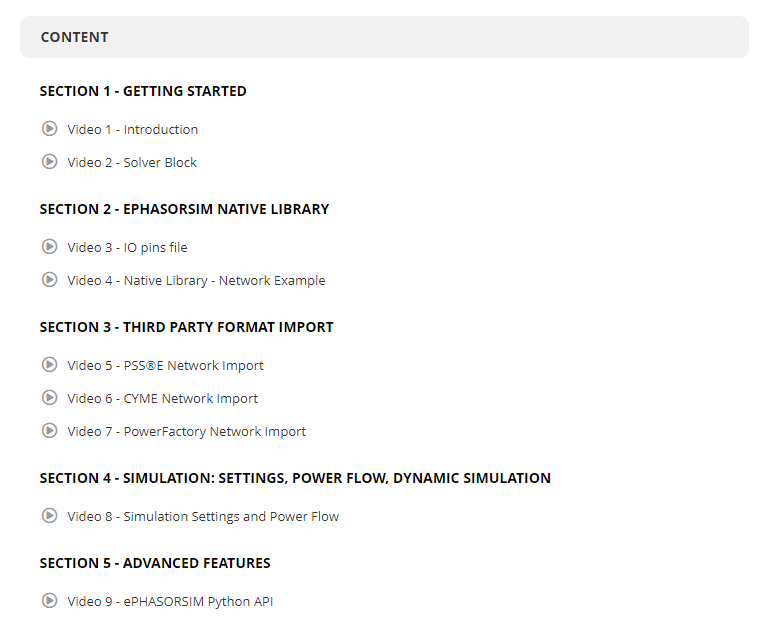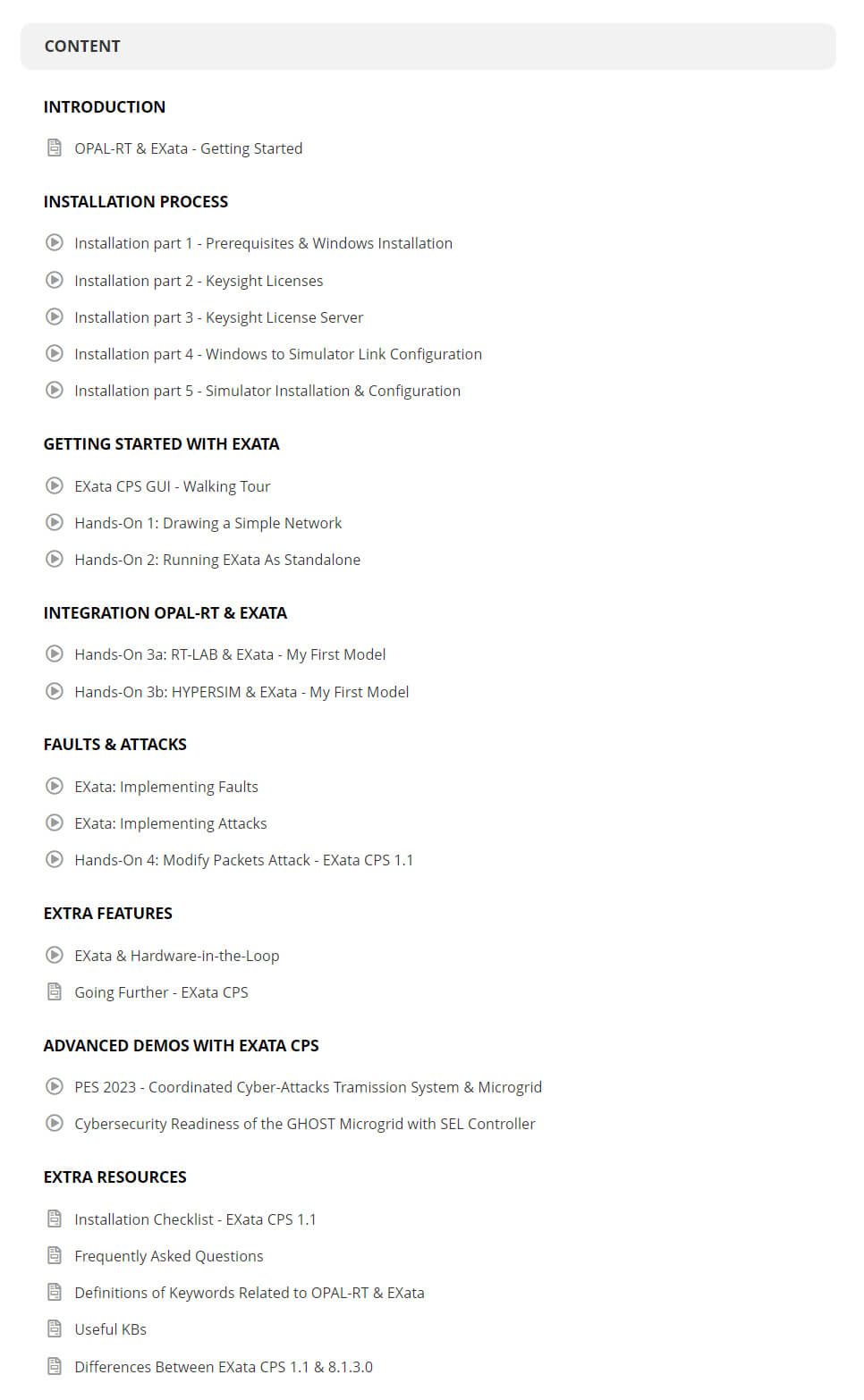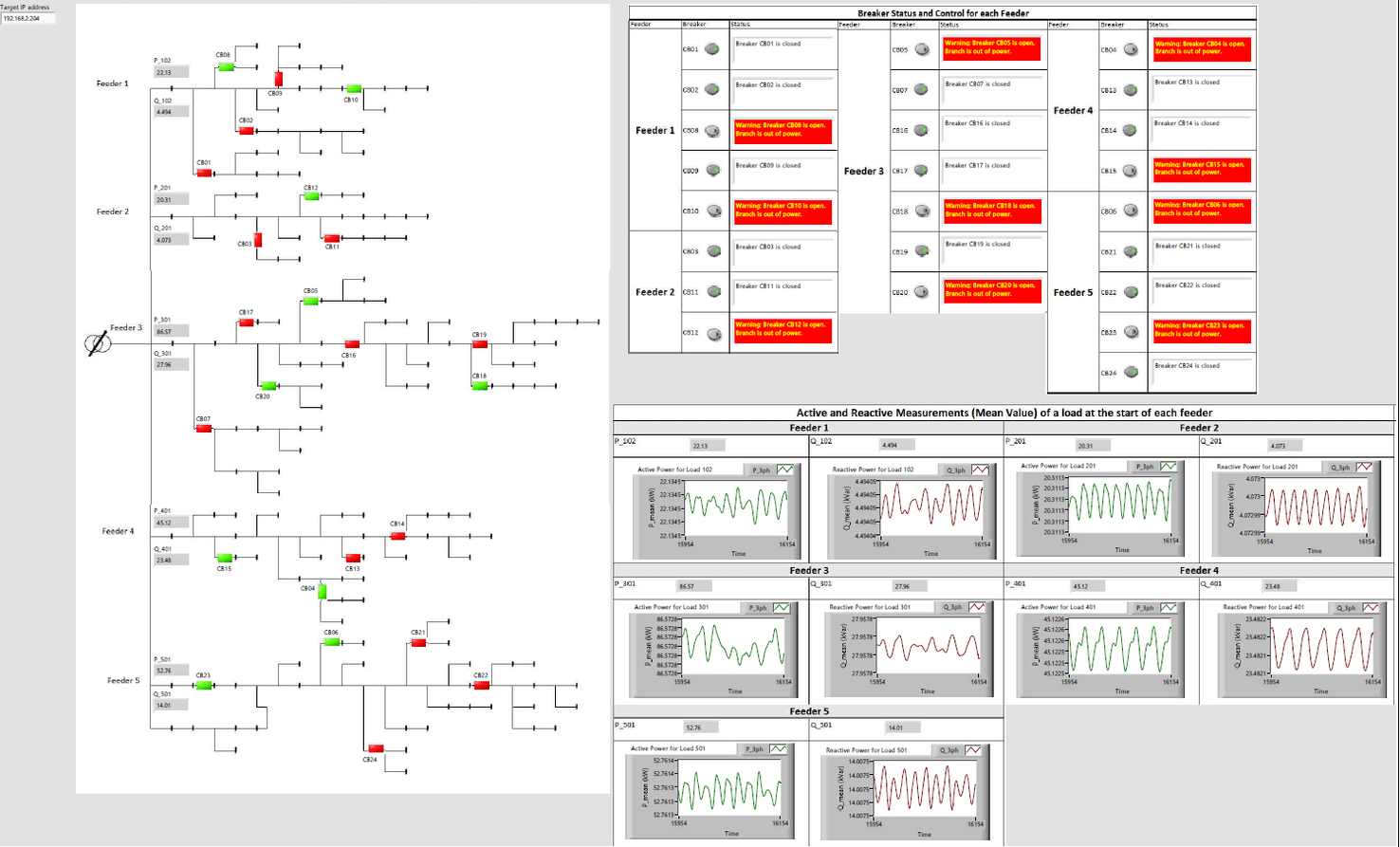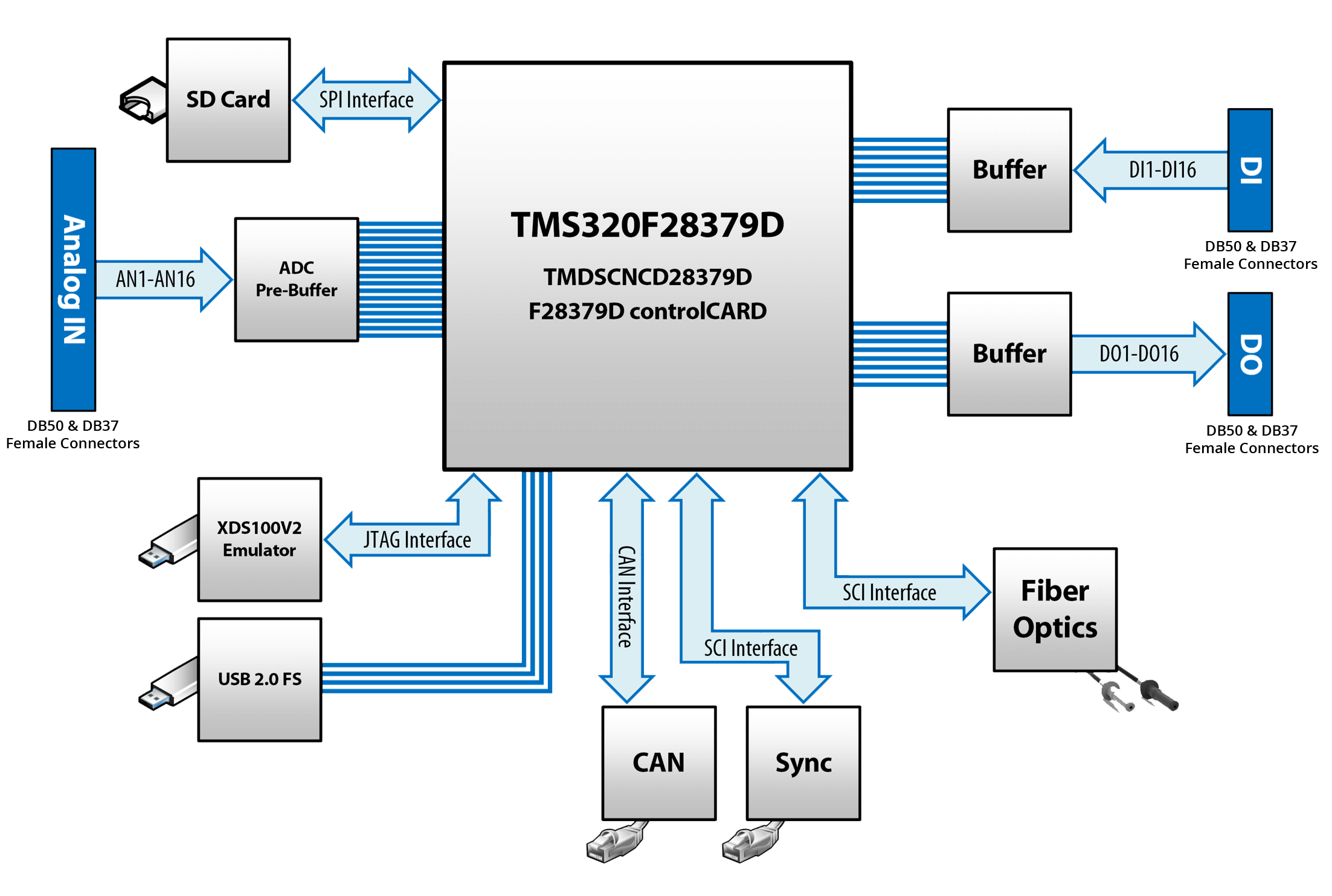The Power of Partnership
OPAL-RT TECHNOLOGIES strategically collaborates with trusted organizations around the globe to enable the world’s visionaries turn innovative ideas into reality. We are pleased to introduce our valued partners.
OPAL-RT has partnered with National Instruments (NI) a global leader in Test, Measurement, and Control Solutions in order to extend its real-time simulation offering its customers with even more accessible, cutting-edge, real-time simulation technology. Learn more about NI & OPAL-RT partnership
OPAL-RT and Motorcar Parts of America’s D&V Electronics has established a strategic partnership that combines complementary technologies for electric motor R&D, testing and manufacturing applications. Learn more >
Lucas-Nülle stands for training systems for key technologies such as electrical engineering, automation or mechatronics. Lucas-Nülle provides test benches that can be interfaced with OPAL-RT’s microgrid power amplifier to have a one-stop solution for Power-Hardware-In-the-Loop (PHIL) applications. Learn more >
comemso is an innovative company that has established itself in the automotive and e-mobility sector. We are happy to get customer requirements as the basis for new products, complement them with our innovative know-how and thus create new systems with outstanding functions. Learn more >
OPAL-RT and Imperix have developed a fully compatible Power Electronics Hardware-in-the-loop (HIL) and Rapid control prototyping (RCP) test bench designed to foster the acceleration of innovation for R&D power electronic engineers. Consult the complete Power Electronics HIL & RCP test bench
Keysight Technologies, EXata communication network emulation platform, has been used to effectively analyze and test the resilience of critical networks. The partnership between Keysight and OPAL-RT addresses the modern cyber-physical challenges faced when it comes to protect critical infrastructure, such as the grid. Watch our Cybersecurity Video
The company was established in 2004. Being a silver alliance partner of National Instruments (NI Academic Partner Win-Win Award Finalist), it is specialized in building energy related trainers for High Schools, Vocational Colleges, Universities, Research Institutions, Power Industry. Learn More >
CONTROLWORKS is a South Korean based company established in 2009 to provide future mobility solutions. CONTROLWORKS offers highly reliable hardware and software solutions like CE-certified battery cell simulators and Test Manager. Learn more >
The best of both OPAL-RT and Festo solutions to deliver academic researchers and teachers with the ideal Hardware-in-the-Loop (HIL) and Rapid Control Prototyping (RCP) simulation system to conduct experiments and teach in the fields of electrical machinery, power converters and wind energy generation. Check our HIL and RCP Simulation Systems for Wind Turbine Laboratory
VIZIMAX is a Canadian manufacturer of automation solutions for the energy market. We develop innovative products to measure, switch and control HV and MV power systems, which help our clients to control costs and get the most out of their existing infrastructure. Our solutions provide a host of benefits to companies looking to solve issues such as grid connection, sustainability of infrastructure, power quality, support of new technologies and asset management.
KOREA GRID FORMING (K-GFM) is a South Korean company founded in 2021 that specializes in power system EMT analysis and grid-forming inverter system solutions. We offer high-performance EMT analysis tools and comprehensive power system stability analysis solutions. Our state-of-the-art grid-forming inverter controller guarantees dependable grid-forming operation, including but not limited to inertia response, low voltage ride-through, and fault current injection. Our goal is to provide our customers with reliable and efficient power system solutions that meet their needs.
PHIL Partnership
Power Hardware-in-the-Loop (PHIL) simulation represents a natural extension of HIL, in which the real-time simulation environment is capable of exchanging not just low-voltage, low-current signals, but the power required by the Devices under Test (DUT).


















